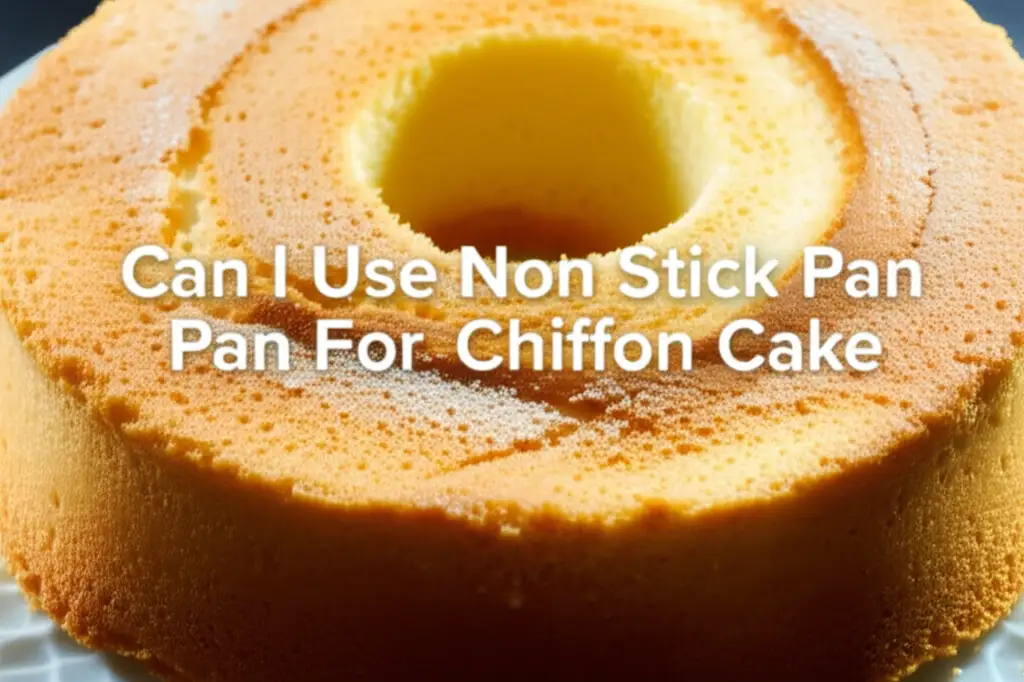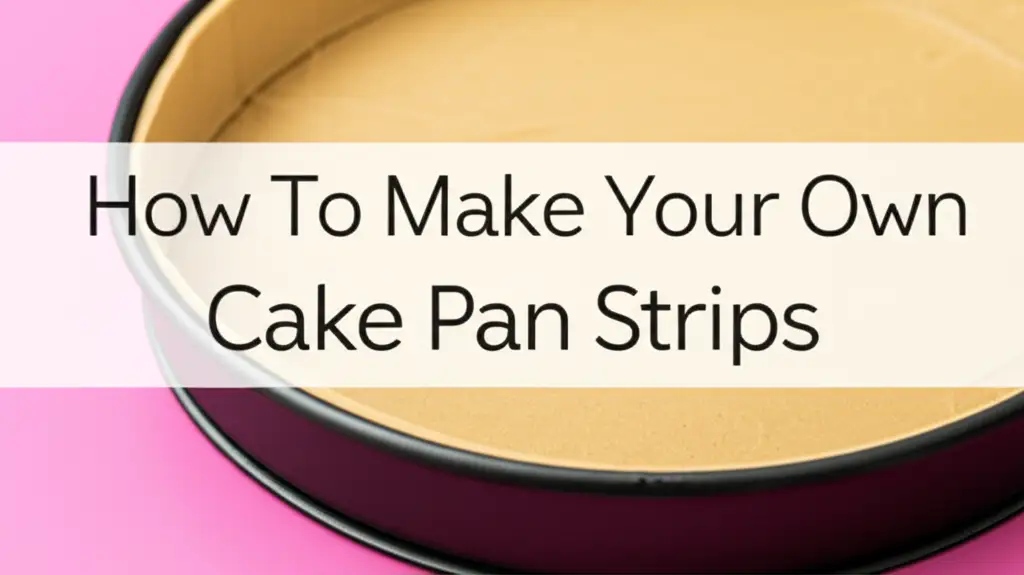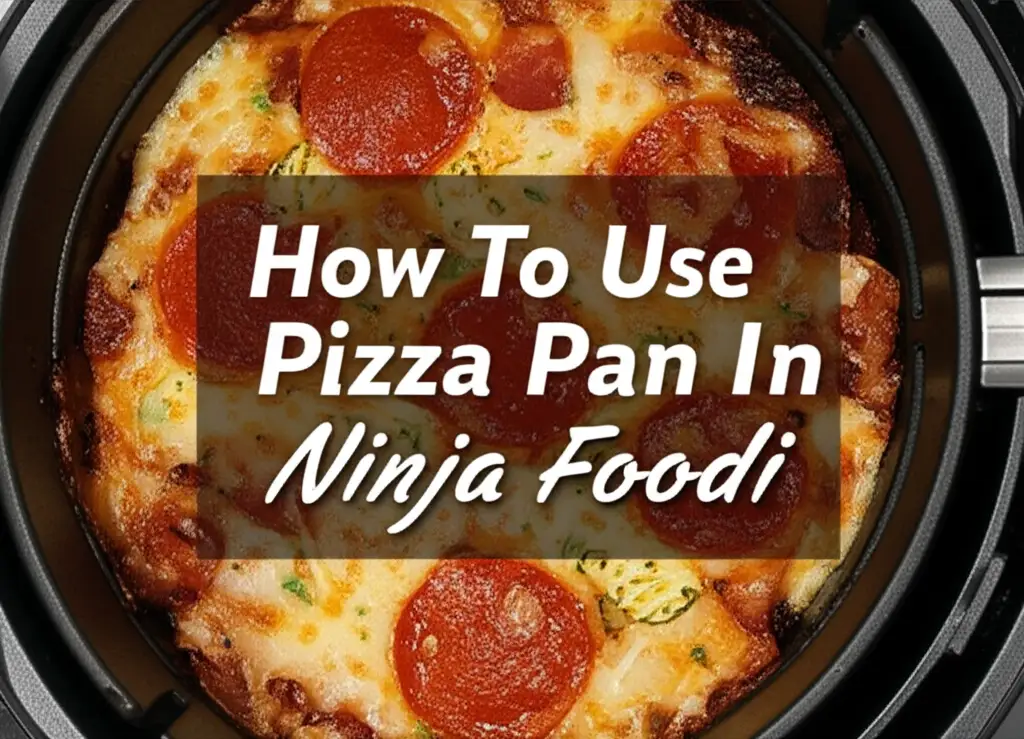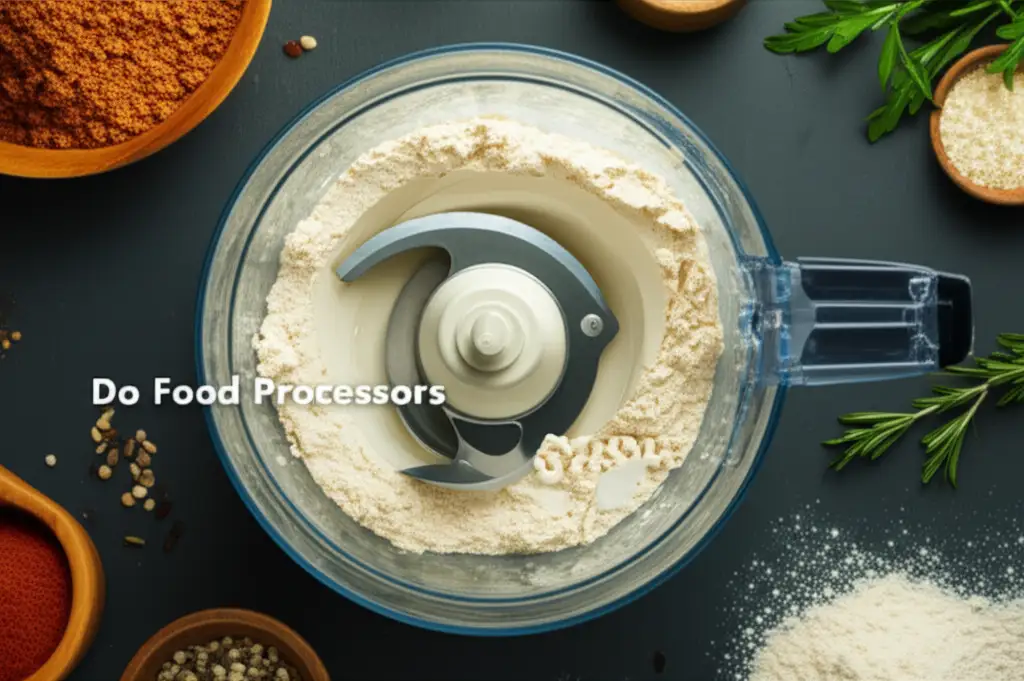· Todd Martin · Baking Essentials · 14 min read
How To Use Baking Pan With Removable Bottom
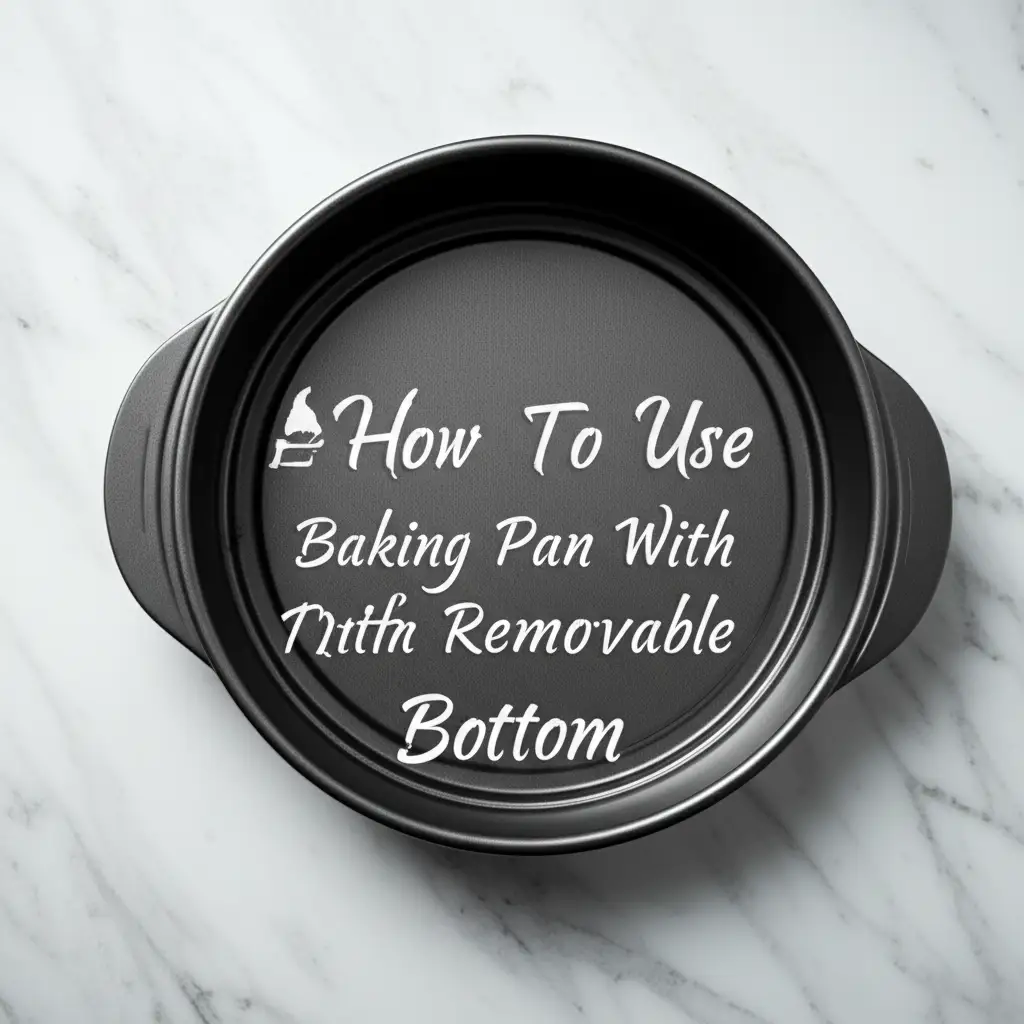
Master Your Baking Pan With Removable Bottom
Baking can feel like magic when a perfect cake slides out of its pan. Many bakers find removable bottom pans essential for this. These pans make releasing delicate desserts simple. Knowing how to use a baking pan with a removable bottom correctly changes your baking experience.
This guide will walk you through the entire process. We will cover choosing your pan, preparing it, baking, and even cleaning. Soon, you will create beautiful cakes and tarts with confidence. Let’s make your next baking project a success together.
Takeaway
- Choose the right size and material for your removable bottom pan.
- Assemble the pan correctly to prevent leaks.
- Line and grease the pan thoroughly for easy release.
- Allow baked goods to cool before releasing them.
- Clean and store your pan properly for long-lasting use.
Using a baking pan with a removable bottom, like a springform pan, involves proper assembly, meticulous preparation, and careful handling. Secure the base, line with parchment paper, and grease thoroughly to ensure leak-proof baking and effortless release of delicate desserts such as cheesecakes, tarts, and quiches.
Understanding Your Removable Bottom Pan
A baking pan with a removable bottom is a special piece of bakeware. It has two main parts: a side ring and a separate base. You often hear this pan called a springform pan. It is perfect for delicate items that cannot be flipped upside down. Think of cheesecakes, quiches, or layered tortes.
Most springform pans are round. They come in various sizes and materials. Common materials include aluminum, non-stick coated steel, and even glass. Non-stick coatings make food release easier, but they need gentle care. Knowing the right size for your recipe is important. You can learn more about finding the correct measurements for your bakeware by reading about how to know the size of baking pan.
The pan’s unique design allows the side ring to expand and detach from the base. This feature lets you remove the sides without disturbing your baked good. It prevents damage to fragile crusts and creamy fillings. This design makes serving beautiful desserts much simpler.
I find these pans incredibly useful for any dessert that needs a clean presentation. If you plan to bake a delicate cake, this pan is your friend. My first cheesecake attempt was a disaster without one. The springform pan changed everything.
You can also find out if your pan has a special surface. Knowing how to know if my baking pan is nonstick helps with pan preparation. Always check the pan’s material and coating before you begin baking. This helps you select the correct preparation steps.
Assembling Your Pan and Preventing Leaks
Proper assembly is key when using a baking pan with a removable bottom. Incorrect assembly leads to leaks. This is especially true for thin batters or water baths. My first few attempts resulted in messy ovens. Now, I always take extra time with this step.
To assemble the pan, place the flat bottom piece into the groove of the side ring. Close the latch on the side ring. You should feel it click into place. This action tightens the ring around the base. The base should fit snugly. Gently try to lift the base. If it moves easily, the pan is not sealed. Adjust the base and re-latch the ring.
Preventing leaks is the next critical step. Many recipes, especially cheesecakes, call for a water bath. A water bath helps desserts bake evenly and prevents cracks. However, springform pans are not perfectly watertight. You must create a barrier. I wrap the pan in heavy-duty aluminum foil. Use two layers of foil. Wrap them tightly around the outside of the pan. Make sure the foil extends up past the top edge.
For extra protection, place the wrapped pan inside a larger baking pan or a slow cooker liner. This catches any small leaks that might still occur. It also protects your oven from spills. This double-layer approach gives me peace of mind.
Even without a water bath, liquids can seep out. Thin batters for tarts or quiches might find their way through small gaps. A good seal is always important. Consider placing a piece of parchment paper on the bottom before assembly. This adds another layer of defense against leaks.
Preparing the Pan for Baking Success
Preparing your baking pan with a removable bottom correctly is crucial. It ensures your baked goods release easily. This step prevents sticking, which can ruin a perfect dessert. I have learned this the hard way many times.
First, you need to grease the pan. Use butter, shortening, or a baking spray. Apply a thin, even layer to the bottom and inside walls of the pan. Make sure to get into all crevices. This creates a non-stick surface.
Next, I recommend using parchment paper. Cut a circle of parchment paper to fit the bottom of your pan. Place this paper on the bottom piece before you attach the side ring. This provides an extra layer of non-stick protection for the base. If you have trouble getting things to release from other pans, remember that how to keep eggs from sticking to baking pan can offer insights into general non-stick techniques that apply here too.
For cakes and many batters, a light dusting of flour after greasing is beneficial. This step is called “flouring the pan.” After greasing, sprinkle a small amount of flour inside the pan. Tilt and rotate the pan to coat all greased surfaces evenly. Tap out any excess flour. This creates a fine, dry barrier that prevents sticking.
If your recipe has a crust, like a graham cracker crust for cheesecake, press it firmly into the prepared bottom. The grease and parchment will still help it release. For delicate batters, a parchment-lined and greased pan is usually sufficient. Remember, a properly prepared pan is your best friend in baking.
Baking with Your Removable Bottom Pan
Once your baking pan with a removable bottom is assembled and prepared, it is ready for the oven. How you bake with it can influence the final outcome. Proper oven use ensures even baking and prevents problems. I always preheat my oven thoroughly.
Place your prepared pan on a sturdy baking sheet before putting it in the oven. This provides stability. It also catches any accidental drips, if your leak-proofing was not perfect. A baking sheet helps distribute heat more evenly too. This can prevent uneven browning on the bottom of your dessert.
Consider the oven temperature and baking time from your recipe. Removable bottom pans conduct heat similarly to other metal pans. The unique design does not usually require major temperature adjustments. However, always ensure your oven is at the correct temperature. If your baking pan appears to change shape in the oven, you may want to understand why does my baking pan warp in the oven as this can impact heat distribution.
For recipes requiring a water bath, carefully place the pan into a larger roasting pan. Then, fill the larger pan with hot water. The water should come halfway up the sides of your removable bottom pan. Be careful not to splash water into your batter. This moist environment helps delicate desserts bake slowly and prevents cracking.
Keep an eye on your baking progress. Most recipes provide visual cues for doneness. Do not open the oven door too often. This causes temperature fluctuations. This can lead to uneven baking. Once baked, remove the pan from the oven. Set it on a cooling rack.
Releasing Your Baked Goods Safely
Releasing your baked masterpiece from a removable bottom pan is the moment of truth. Patience is key here. Rushing this step can lead to cracks or breakage. I always give my desserts ample time to cool.
First, let your baked good cool in the pan. Most recipes call for cooling on a wire rack. This allows air to circulate around the pan. It helps prevent condensation. For cheesecakes, this cooling process often takes several hours, sometimes even overnight in the refrigerator. Proper cooling allows the structure of your dessert to set. This makes it strong enough to handle.
Once cooled, you are ready to release. Place the pan on a stable surface. I usually use a sturdy can or an inverted bowl that is smaller than the pan’s base. This elevates the pan. Then, gently unlatch the side ring. Slowly pull the ring upwards and away from the base. The sides of your cake or pie should remain intact. The ring should lift off smoothly.
Next, carefully slide a thin spatula or knife between the bottom of your dessert and the pan’s base. This ensures no part is stuck. Then, slide the dessert onto a serving plate or cake stand. You can also leave the dessert on the pan’s base for serving. The parchment paper, if used, will peel off easily. Remove the parchment before serving if you prefer.
If your dessert feels fragile, consider chilling it further. A firm, chilled dessert is less likely to break during transfer. This step is especially important for items like no-bake cheesecakes. Taking your time here guarantees a beautiful presentation.
Cleaning and Storing Your Removable Bottom Pan
Proper cleaning and storage extend the life of your baking pan with a removable bottom. These pans often have non-stick coatings. These coatings require gentle care. I always make sure to clean mine promptly after use.
First, disassemble the pan. Unlatch the side ring and remove the base. This allows you to clean both pieces separately and thoroughly. Do not use abrasive scrubbers or harsh detergents. These can damage the non-stick surface. Plastic or silicone scrapers are safe for removing stuck-on food. You can learn more about how to clean the bottom of your pans if you have stubborn residue by checking out tips for how to clean bottom of pan.
Hand washing is generally best for removable bottom pans. Use warm, soapy water and a soft sponge or cloth. Rinse thoroughly. Make sure to dry all parts completely to prevent rust. Some manufacturers state their pans are dishwasher safe. Check your pan’s specific care instructions. Even if dishwasher safe, hand washing can prolong the life of the non-stick coating. You can also use gentle cleaning methods like those for how to clean stainless steel pan with baking soda if your pan is stainless steel.
Store your pan properly to protect it. Store the side ring and base together. Place a paper towel or thin cloth between the side ring and the base. This prevents scratches. Stacking other pans on top can scratch non-stick surfaces. This damage makes food stick in the future. Store them in a way that minimizes contact with other metal objects.
Proper care means your pan will be ready for your next baking adventure. A clean, well-maintained pan ensures consistent results. It also makes your baking process more enjoyable. Take a few extra minutes for care. It truly pays off.
Troubleshooting Common Issues
Even with careful preparation, issues can arise when using a baking pan with a removable bottom. Knowing how to troubleshoot these problems can save your dessert. I have encountered most of these issues myself.
One common problem is leaking batter. If your batter leaks, it means the seal between the base and the side ring is not tight enough. It might also be that your foil wrap was not secure enough. Next time, ensure the latch is fully closed. Test the seal by gently pushing the base up. If it wiggles, reassemble. Also, ensure your foil wrap extends well above the pan’s top edge. Using a thick batter can help minimize leaks compared to a very thin one.
Sticking issues are another frequent concern. This usually happens if the pan was not greased and floured enough. It can also happen if you did not use parchment paper on the bottom. Always apply a generous, even layer of grease. For added security, use a parchment circle on the base. For very delicate items, you can even line the sides with a parchment strip. Remember, cooling the item completely before releasing also helps prevent sticking.
Warping concerns can sometimes arise, especially with thinner metal pans. While less common with springform pans, extreme temperature changes can cause metal to distort. Understanding why does my baking pan bent in oven can help you avoid putting a hot pan directly into cold water or vice-versa. Always allow your pan to cool gradually. If your pan warps, it might not seal properly. This can lead to leaks and uneven baking. It is often best to replace a severely warped pan.
Finally, difficulty in releasing the sides might happen. This is often due to the dessert not being fully cooled. Sometimes, a tiny bit of batter can get stuck in the latch mechanism. If it is stuck, gently run a thin, warm knife around the edge before unlatching. Be gentle to avoid damaging the pan or your dessert. Patience is always your best tool.
FAQ Section
Can I use a baking pan with a removable bottom for regular cakes?
Yes, you can use a baking pan with a removable bottom for regular cakes. However, it is most beneficial for delicate cakes that are difficult to invert. For sturdier cakes that you can flip out easily, a standard cake pan works just as well. The removable bottom feature truly shines for cheesecakes, quiches, and other fragile items.
How do I prevent my springform pan from leaking in a water bath?
To prevent leaks in a water bath, wrap your springform pan tightly with heavy-duty aluminum foil. Use at least two layers of foil, extending them well above the top edge of the pan. For extra security, place the wrapped springform pan inside a larger baking pan or a slow cooker liner before putting it in the water bath.
Do I need to grease and flour a non-stick removable bottom pan?
Even with a non-stick removable bottom pan, it is a good idea to grease the pan. This provides an extra layer of release. You may not need to flour it, especially if using parchment paper on the bottom. Always refer to your specific recipe for guidance, but a light grease is generally recommended for best results.
Can I bake savory dishes in a removable bottom pan?
Absolutely! Removable bottom pans are excellent for savory dishes like quiches, tarts, and deep-dish pizzas. The easy release mechanism works just as well for savory items as it does for sweet ones. This makes serving beautiful, intact savory pies very simple.
What is the ideal way to cool a cheesecake baked in a removable bottom pan?
For cheesecakes, cool the pan on a wire rack at room temperature until it is just warm. Then, transfer it to the refrigerator. Chill for at least 4-6 hours, or preferably overnight. This gradual cooling and chilling allows the cheesecake to set properly and prevents cracking, making it easier to release.
How do I store my removable bottom pan to keep it in good condition?
Store your removable bottom pan by keeping its two parts together. Place a paper towel or a soft cloth between the base and the side ring. This helps prevent scratches. Avoid stacking heavy items directly on top of the pan, especially if it has a non-stick coating. Proper storage protects the surface and maintains its performance.
Conclusion
Mastering the use of a baking pan with a removable bottom transforms your baking. You can create flawless, delicate desserts with ease. This pan simplifies the process of releasing fragile items from cheesecakes to tarts. Understanding its unique design and proper handling makes all the difference.
We covered everything from assembly to cleaning. Remember the importance of a secure seal to prevent leaks. Proper greasing and parchment paper use are vital for easy release. Always cool your baked goods completely before releasing them. Taking these steps ensures your efforts result in beautiful, intact creations.
I encourage you to try a new recipe with your removable bottom pan. Experiment with different batters and fillings. You will soon see how indispensable this pan becomes in your kitchen. Happy baking! Your next perfect dessert is just a few steps away.


